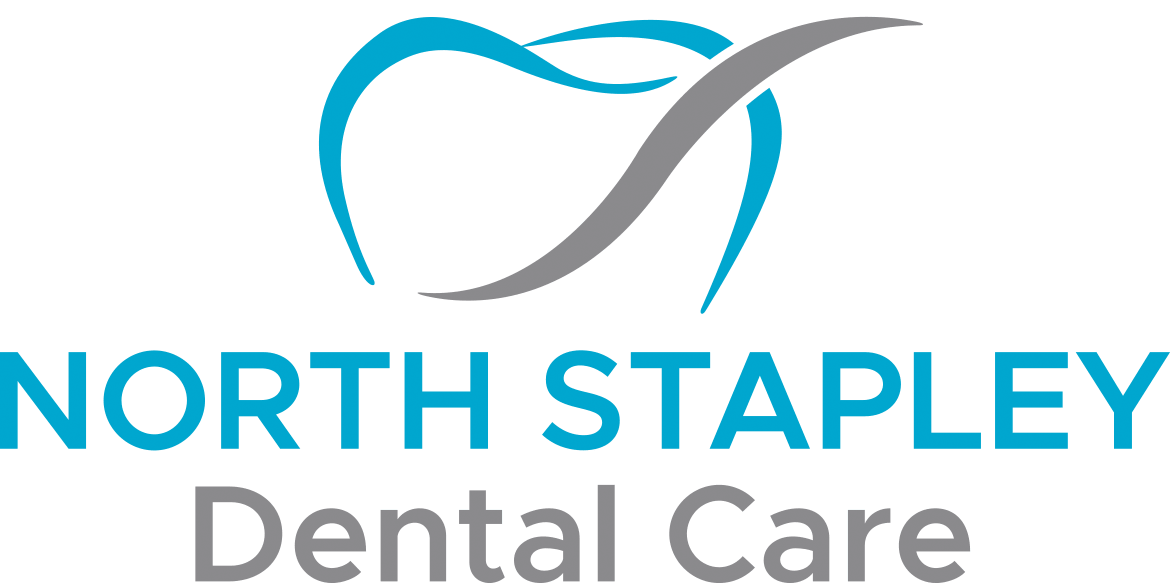Brushing and flossing are of paramount importance to oral hygiene. Though bi-annual professional dental cleanings remove plaque, tartar, and debris, excellent homecare methods are equally valuable. Proper brushing and flossing can enhance the health of the mouth, make the smile sparkle, and prevent serious diseases.
Reasons why proper brushing and flossing are essential:
- Prevention of tooth decay – Tooth decay is one of the leading causes of tooth loss, and its treatment often requires complex dental procedures. Tooth decay occurs when the acids found in plaque erode the natural enamel found on the teeth. This phenomenon can easily be prevented by using proper home hygiene methods.
- Prevention of periodontal disease – Periodontal disease is a serious, progressive condition which can cause tooth loss, gum recession, and jawbone recession. Periodontal disease is caused by the toxins found in plaque and can lead to serious health problems in other parts of the body. Removing plaque and calculus (tartar) from the surface of the tooth using a toothbrush and from the interdental areas using dental floss, is an excellent way to stave off periodontal problems.
- Prevention of halitosis – Bad breath or halitosis is usually caused by old food particles on or between the teeth. These food particles can be removed with regular brushing and flossing, leaving the mouth healthier, and breath smelling fresher.
- Prevention of staining – Staining, or yellowing, of teeth can be caused by a wide variety of factors such as smoking, coffee, and tea. The more regularly these staining agents are removed from the teeth using brushing and flossing techniques, the less likely it is that the stains will become permanent.
The Proper Way to h3rush
The teeth should be brushed at least twice a day, ideally in the morning and before bed. The perfect toothbrush is small in size with soft, rounded-end bristles, and is no more than three months old.The head of the brush needs to be small enough to access all areas of the mouth, and the bristles should be soft enough so as not to cause undue damage to the gum tissue. The American Dental Association (ADA) has given electric toothbrushes their seal of approval, stating that those with rotating or oscillating heads are more effective than other toothbrushes.
Here is a basic guide to proper brushing:
- Place the toothbrush at a 45-degree angle where the gums and teeth meet.
- Use small circular motions to gently brush the gumline and teeth.
- Do not scrub or apply too much pressure to the teeth, as this can damage the gums and tooth enamel.
- Brush every surface of every tooth, cheek-side, tongue-side, and chewing surfaces. Place special emphasis on the surfaces of the back teeth.
- Use back and forth strokes to brush the chewing surfaces.
- Brush the tongue to remove fungi, food, and debris.
The Proper Way to Floss
Flossing is a great way to remove plaque from the interdental regions (between the teeth). Flossing is an especially important tool for preventing periodontal disease and limiting the depth of the gum pockets. The interdental regions are difficult to reach with a toothbrush and should be cleansed with dental floss on a daily basis. The flavor and type of floss are unimportant; choose floss that will be easy and pleasant to use.
Here is a basic guide to proper flossing:
- Cut a piece of floss to around 18 inches long.
- Wrap one end of the floss around the middle finger of the left hand and the other end around the middle finger of the right hand until the hands are 2-3 inches apart.
- Work the floss gently between the teeth toward the gum line.
- Curve the floss in a U-shape around each individual tooth and carefully slide it beneath the gum line.
- Carefully move the floss up and down several times to remove interdental plaque and debris.
- Do not pop the floss in and out between the teeth as this will inflame and cut the gums.
If you have any questions about the correct way to brush or floss, please ask contact our office.
Dental radiographs (X-rays) are essential, preventative, diagnostic tools that provide valuable information not visible during a regular dental exam. Dentists and dental hygienists use this information to safely and accurately detect hidden dental abnormalities and complete an accurate treatment plan. Without X-rays, problem areas may go undetected.
Dental X-rays may reveal:
- Abscesses or cysts.
- Bone loss.
- Cancerous and non-cancerous tumors.
- Decay between the teeth.
- Developmental abnormalities.
- Poor tooth and root positions.
- Problems inside a tooth or below the gum line.
Detecting and treating dental problems at an early stage can save you time, money, unnecessary discomfort, and your teeth!
Are dental X-rays safe?
We are all exposed to natural radiation in our environment. The amount of radiation exposure from a full mouth series of X-rays is equal to the amount a person receives in a single day from natural sources.
Dental X-rays produce a low level of radiation and are considered safe. Dentists take necessary precautions to limit the patient’s exposure to radiation when taking dental X-rays. These precautions include using lead apron shields to protect the body and using modern, fast film that cuts down the exposure time of each X-ray.
How often should dental X-rays be taken?
The need for dental X-rays depends on each patient’s individual dental health needs. Your dentist and dental hygienist will recommend necessary X-rays based on the review of your medical and dental history, dental exam, signs and symptoms, age consideration, and risk for disease.
A full mouth series of dental X-rays is recommended for new patients. A full series is usually good for three to five years. Bite-wing X-rays (X-rays of top and bottom teeth biting together) are taken at recall (check-up) visits and are recommended once or twice a year to detect new dental problems.
Dental Exam
A comprehensive dental exam will be performed by your dentist at your initial dental visit. At regular check-up exams, your dentist and hygienist will perform the following:
- Examination of diagnostic X-rays (radiographs): Essential for detection of decay, tumors, cysts, and bone loss. X-rays also help determine tooth and root positions.
- Oral cancer screening: Check the face, neck, lips, tongue, throat, tissues, and gums for any signs of oral cancer.
- Gum disease evaluation: Check the gums and bone around the teeth for any signs of periodontal disease.
- Examination of tooth decay: All tooth surfaces will be checked for decay with special dental instruments.
- Examination of existing restorations: Check current fillings, crowns, etc.
Professional Dental Cleaning
Professional dental cleanings (dental prophylaxis) are usually performed by Registered Dental Hygienists. Your cleaning appointment will include a dental exam and the following:
- Removal of calculus (tartar): Calculus is hardened plaque that has been left on the tooth for some time and is now firmly attached to the tooth surface. Calculus forms above and below the gum line and can only be removed with special dental instruments.
- Removal of plaque: Plaque is a sticky, almost invisible film that forms on the teeth. It is a growing colony of living bacteria, food debris, and saliva. The bacteria produce toxins (poisons) that inflame the gums. This inflammation is the start of periodontal disease!
Teeth polishing: Remove stain and plaque that is not otherwise removed during tooth brushing and scaling.

